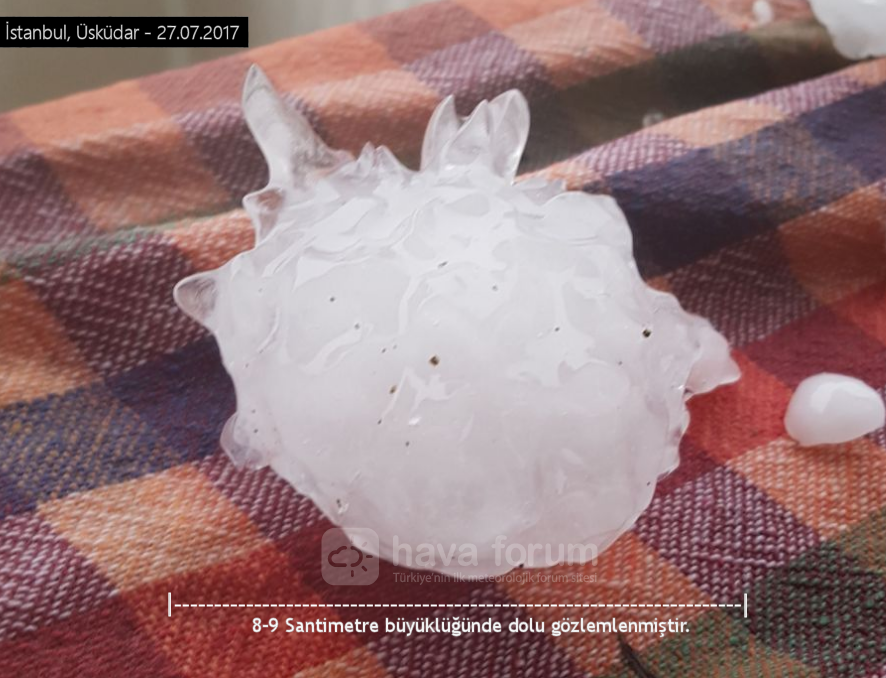Reports of major damage to airplanes during the July 27 Istanbul, Turkey severe hailstorm have sparked some vivid discussions about the authenticity of these reports. Indeed, several airplanes landing at Istanbul Atatürk Airport were damaged by the hailstorm, with damage localized to the nose and windshield. The most severe case was the Atlas Global Airbus A320 which had visibility reduced to zero due to windshield damage – the airplane landed safely with all passengers on board unharmed.
July 29, 2017 Istanbul, Turkey severe thunderstorm
As reported in detail, Istanbul was hit by a severe supercell thunderstorm in the afternoon of July 27. The storm produced an intense hailstorm with hail up to 9 cm (4″) in diameter.
[fb_plugin post href=https://www.facebook.com/severeweatherEU/videos/2055029671386790/]
Airplane damage
Several airplanes reported minor to major hail damage:
- Atlas Global Airbus A320 (flight KK1010) returned to Istanbul-Atatürk International Airport less than 30 minutes after take off. The nose radome of the Airbus A320 had caved in and sustained a hole as a result of being battered by hail stones.
- Turkish Airlines Airbus A321 (flight TK969) was diverted to Çanakkale Airport (CKZ/LTBH). Damage to the nose radome and right hand cockpit wind shield reported.
- Kalitta Air Boeing 747 sustained a puncture in the lower forward fuselage while parked on the ground at Istanbul-Atatürk International Airport, Turkey (secondary damage during the hailstorm).
- Pegasus Airlines Boeing 737 (flight PC909) returned to land at Istanbul-Sabiha Gökçen International Airport, Turkey, after passing through a severe hail storm, causing damage to the nose radome and wing leading edge.
Why is damage localized to the nose cone (radome) and windshield
The nose of an airliner contains the aeroplane’s weather radar. Unlike the rest of the fuselage and wings it is not made from metal (aluminum). The nose cone must be made from a material that is transparent to radar (microwaves), which rules out metal. Radome materials include fiberglass, quartz, honeycomb and foam cores and various resins, less resistant to damage than the metal fuselage. Aircraft windshield glass is multi-layer laminated glass, similar to bullet-proof glass in cars.
Also, in response to many comments on the color of the damaged radome on the Atlas Global A320 – radomes do not rust.




